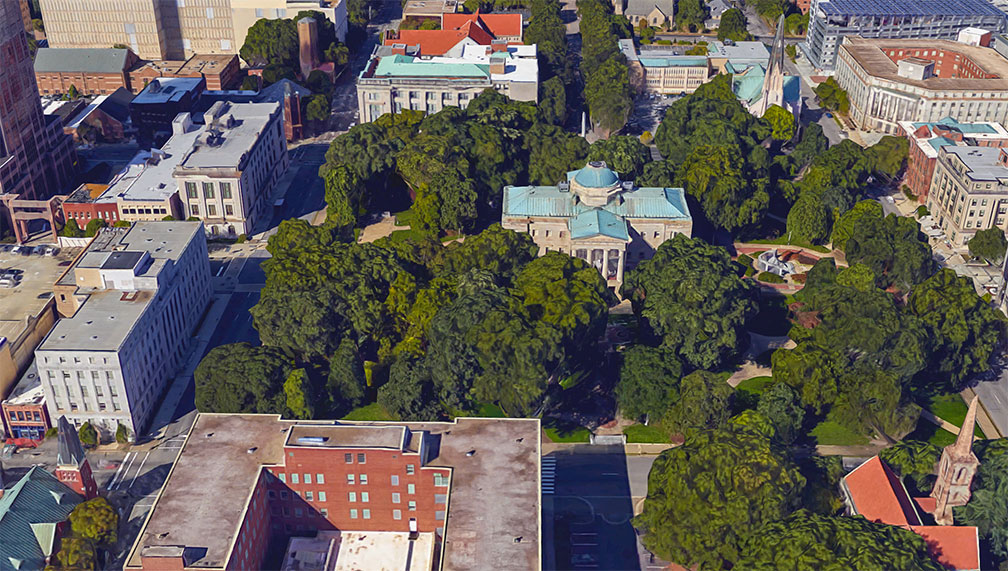 Rendered image of North Carolina's State Capitol in Raleigh. The state is part of the Bible Belt; this can be seen by the fact that there is a church on each corner of Capitol Square.
Image: Google
Rendered image of North Carolina's State Capitol in Raleigh. The state is part of the Bible Belt; this can be seen by the fact that there is a church on each corner of Capitol Square.
Image: Google
Albemarle, Asheboro, Asheville, Atlantic, Boone, Burlington, Chapel Hill, Clinton, Concord, Dunn, Edenton, Elizabeth City, Forest City, Franklin, Gastonia, Goldsboro, Greenville, Henderson, Hendersonville, Hickory, Jacksonville, Kannapolis, Kinston, Laurinburg, Lenoir, Lexington, Lumberton, Manteo, Monroe, Morehead City, Mount Airy, Murphy, Nags Head, New Bern, Oxford, Reidsville, Roanoke Rapids, Rockingham, Rocky Mount, Roxboro, Salisbury, Sanford, Shelby, Smithfield, Southern Pines, Statesville, Tarboro, Washington, Waynesville, Whiteville, Williamston, and Wilson.
Airports in North Carolina
By far the largest airport in the state is Charlotte/Douglas International Airport (IATA code: CLT). The second-most busiest airport is Raleigh–Durham International Airport (IATA code: RDU). Other airports, Piedmont Triad International Airport (IATA code: GSO)
 Downtown Charlotte, the largest city in North Carolina. The Charlotte metropolitan area, also known as Metrolina, is an urban area in North and South Carolina.
Image: Harshil Shah
Downtown Charlotte, the largest city in North Carolina. The Charlotte metropolitan area, also known as Metrolina, is an urban area in North and South Carolina.
Image: Harshil Shah


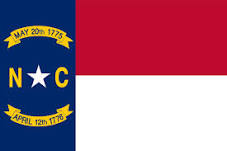
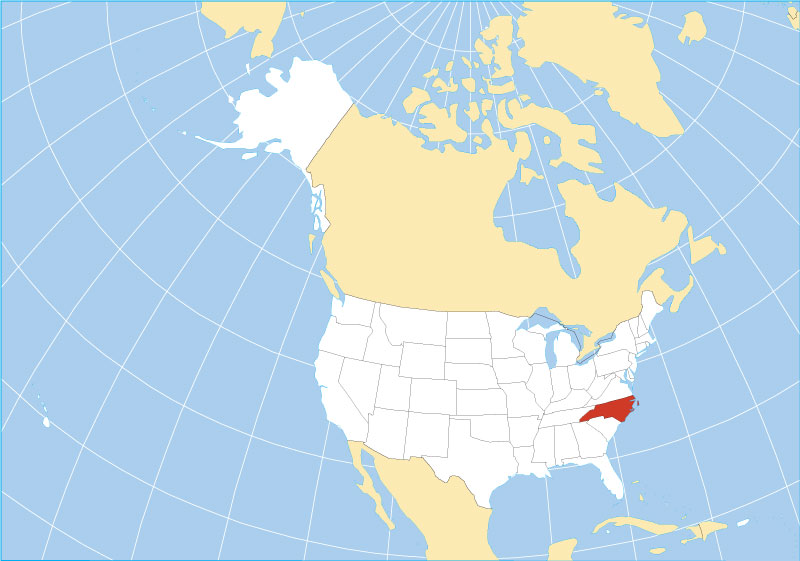
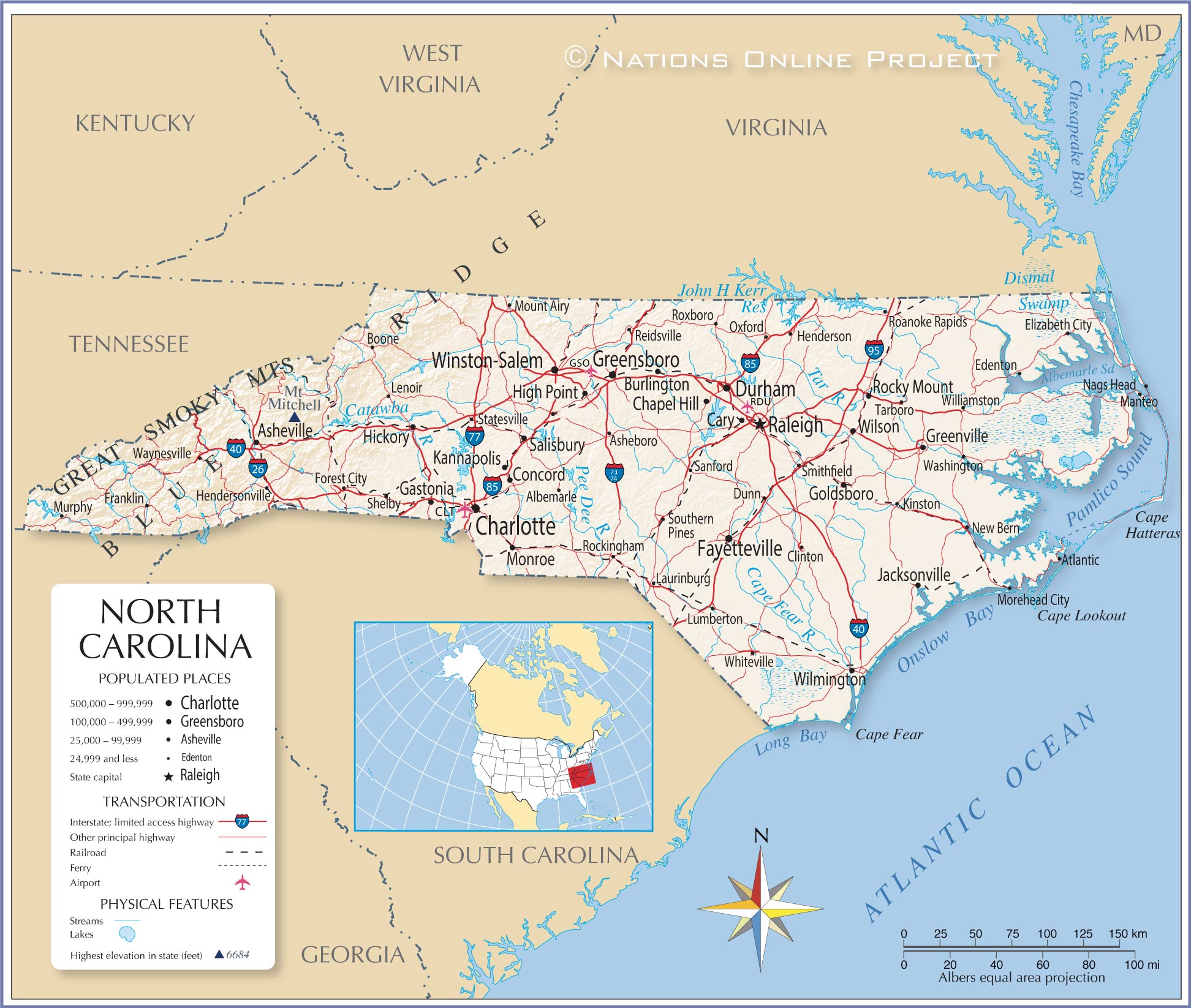
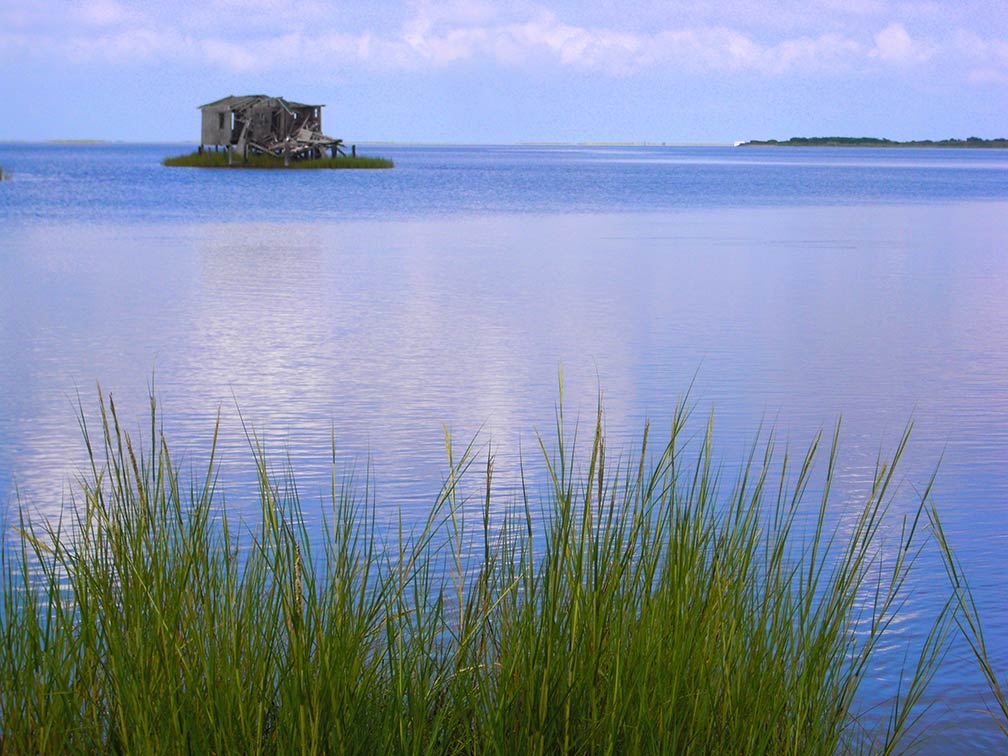 Roanoke Sound; an abandoned hunting lodge near Bodie Island of the Outer Banks.
Roanoke Sound; an abandoned hunting lodge near Bodie Island of the Outer Banks.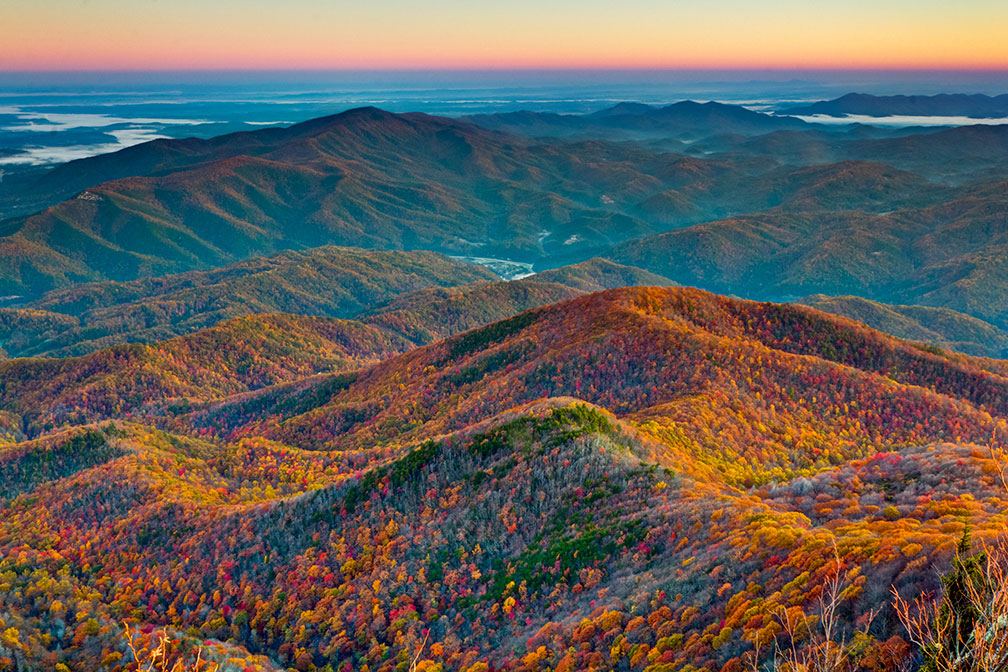
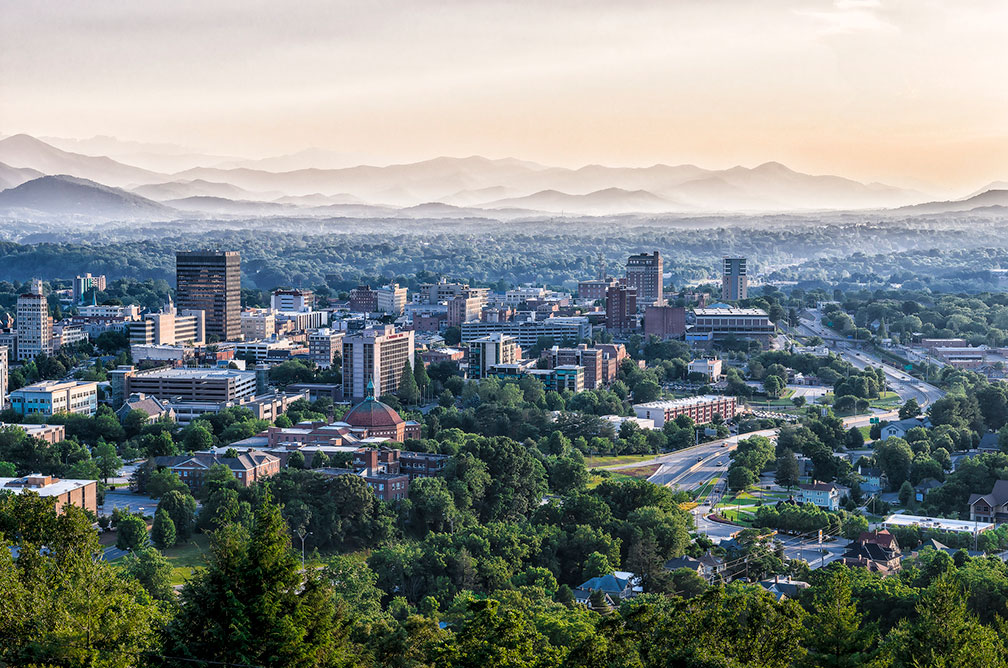
 Rendered image of North Carolina's State Capitol in Raleigh. The state is part of the Bible Belt; this can be seen by the fact that there is a church on each corner of Capitol Square.
Rendered image of North Carolina's State Capitol in Raleigh. The state is part of the Bible Belt; this can be seen by the fact that there is a church on each corner of Capitol Square.